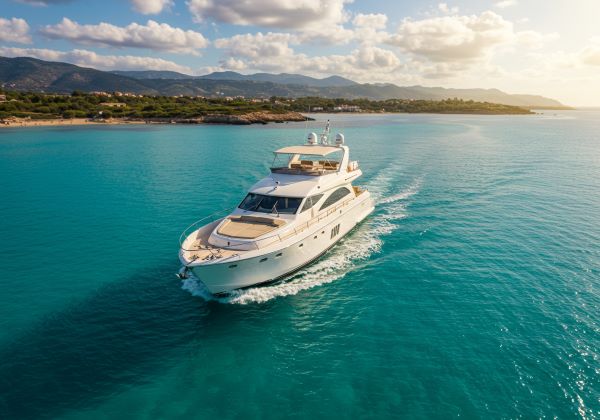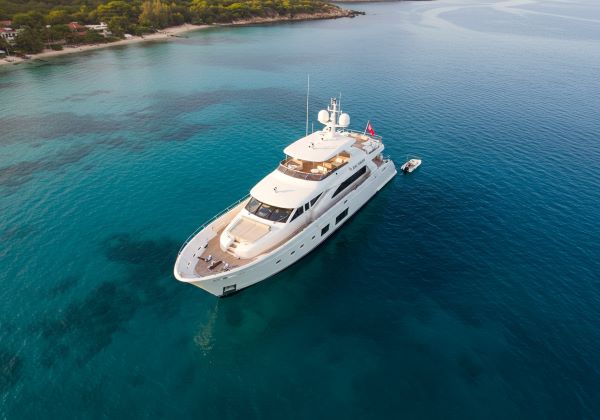External Bow Thruster on Your Boat for Effortless Docking
Consider adding an external bow thruster to your boat. This device makes docking much easier. It helps you maneuver in tight spaces.
You can control your boat with precision. No more struggling with wind or currents. An external bow thruster provides extra power when needed. It enhances your boat's overall stability. You can approach docks with confidence. This tool is especially useful for larger vessels.
Installation is straightforward and often quick. Enjoy smoother trips and less stress. Upgrade your boating experience today.

